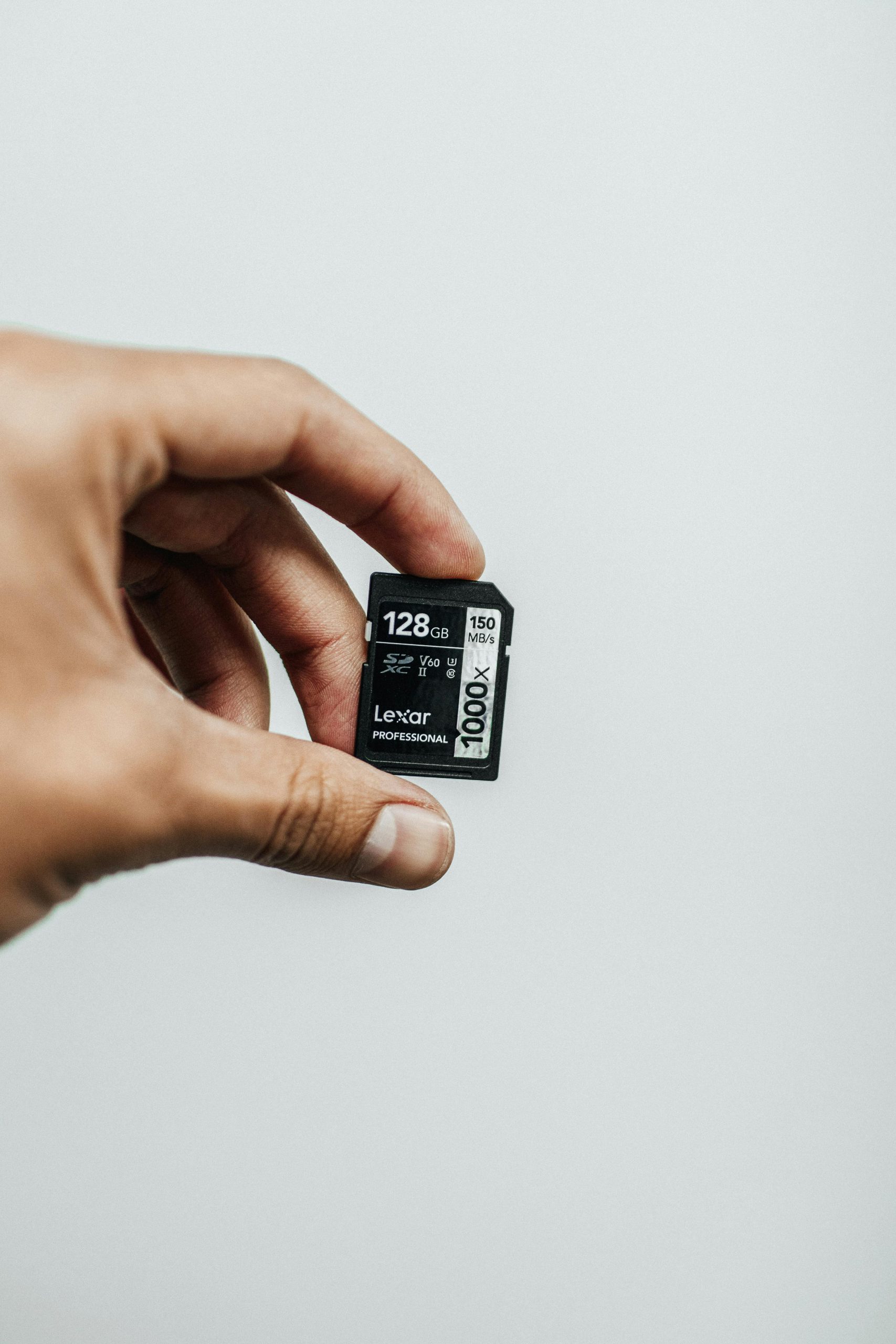Transferring files between Windows and iOS devices can sometimes feel like a challenge due to the different operating systems. Whether you need to move photos, documents, or videos, there are several straightforward methods to make the process seamless. In this guide, we’ll explore the easiest ways to transfer files between your Windows PC and iPhone or iPad, ensuring you can access your data whenever you need it.
1. Using iCloud for File Transfers
iCloud is Apple’s built-in cloud storage service, and it’s one of the simplest ways to transfer files between Windows and iOS devices. Here’s how to use it:
Setting Up iCloud on Windows
- Download and install iCloud for Windows from Apple’s official website.
- Sign in with your Apple ID.
- Enable the file types you want to sync (e.g., Photos, iCloud Drive).
Transferring Files via iCloud Drive
- On your iPhone or iPad, open the Files app and upload files to iCloud Drive.
- On your Windows PC, open File Explorer and navigate to iCloud Drive to access the files.
This method is ideal for users who prefer automatic syncing and cloud storage.
2. Using iTunes for Media Transfers
While iTunes is primarily known for music, it can also transfer photos, videos, and other media between Windows and iOS devices.
Steps to Transfer Files via iTunes
- Connect your iPhone or iPad to your Windows PC using a USB cable.
- Open iTunes and select your device.
- Navigate to the File Sharing section under your device settings.
- Choose the app you want to transfer files to (e.g., Photos, VLC).
- Click Add File or drag and drop files into the app.
This method works best for larger media files and offers direct device-to-device transfers.
3. Using Third-Party Apps like Dropbox or Google Drive
Cloud storage apps like Dropbox and Google Drive provide a flexible way to transfer files between Windows and iOS without cables.
How to Use Dropbox or Google Drive
- Install the app on both your Windows PC and iOS device.
- Upload files from your PC to the cloud storage.
- Open the app on your iPhone or iPad to download the files.
These apps are great for collaborative work and offer free storage tiers.
4. Using Email or Messaging Apps
For smaller files, email or messaging apps like WhatsApp can be a quick solution.
Steps for Email Transfers
- Attach the file to an email on your Windows PC and send it to yourself.
- Open the email on your iOS device and download the attachment.
This method is best for occasional transfers of small documents or images.
5. Using a USB Cable and Windows Explorer
For direct file transfers without cloud services, you can use a USB cable and Windows Explorer.
Steps for USB File Transfer
- Connect your iPhone or iPad to your PC using a USB cable.
- On your iOS device, tap Trust This Computer if prompted.
- Open File Explorer on your PC and select your device under This PC.
- Navigate to the desired folder (e.g., DCIM for photos) and copy files to your PC.
This method is fast and doesn’t require an internet connection.
Conclusion
Transferring files between Windows and iOS devices doesn’t have to be complicated. Whether you prefer cloud services like iCloud and Dropbox, direct transfers via USB, or quick email solutions, there’s a method to suit your needs. Choose the option that best fits your workflow, and enjoy seamless file sharing across your devices.
